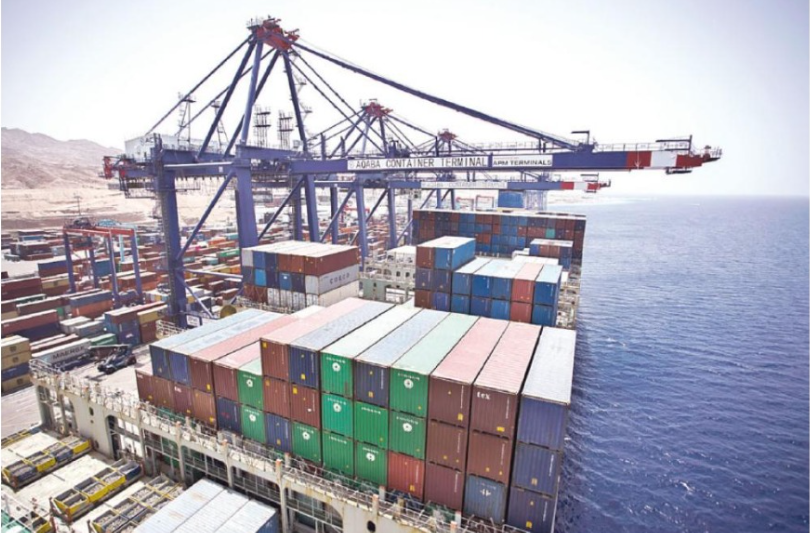25-Jul-2022

Al-Jaghbir: Non-traditional markets, led by Brazil and
Australia, industrial exports began to record new numbers...
Al-Jaghbir: Supporting the industrial sector is a priority
to keep it on the desired growth path in light of the current conditions...
Engineer Fathi Al-Jaghbir, head of the Jordan and Amman
Chambers of Industry, confirmed that industrial exports are still achieving
positive results at the national level month after month during the current
year, which will have a positive impact on economic growth for this year, as it
was able to record remarkable results during the beginning of 2022. It exceeded
the barrier of 2.38 billion dinars during the first third, reaching the highest
value reached during the last decade for the same period, with a growth rate of
53.7% compared to the same period in 2021.
Al-Jaghbir stated that the growth of exports came as a
result of the efforts made in recent years, beginning with cooperation and
coordination with the concerned authorities, institutions and international
organizations supporting the industry, in addition to participating in trade
fairs; The most recent of which was the Baghdad Fair, which was held during
December of last year. It clearly reflected positive results on industrial
exports to Iraq, which led to a growth of 35% during the first four months of
this year.
Industrial exports and growth rates for the first third
during the period (2015-2022) - million dinars
Al-Jaghbir stated that industrial exports during the first
third of this year reached about 133 markets from different countries of the
world so far, the largest share of which came to the United States as the most
prominent partner for industrial exports with 19.5% of the total industrial
exports, as a result of the increase in exports of clothing and fertilizer
products, India followed with a share of 18.1%, as a reflection of the growth
in exports of nitrogen fertilizer products and chemical products.
He added that industrial exports rose by 98% to the Indian
market, or about 222 million dinars, to reach about 450 million dinars during
the first third of 2022, followed by the United States with the second highest
rise, with a value of 93 million dinars.
Our industrial exports were also able to record remarkable
numbers in non-traditional markets, as they rose to Brazil, Indonesia and
Australia by 63, 60 and 32 million dinars, respectively, as a result of the
increase in fertilizer exports, mainly.
He also noted that the industrial sector has achieved
remarkable results in addition to the growth of industrial exports, by
registering a growth in the industrial production index for the same period at
a rate of 5.4% compared to the same period in 2021.
He added, that the repercussions of the crisis represented
by high inflation rates during the last period, if it continues for the coming
period, may negatively affect the national industry, as inflation rates will contribute
to reducing the purchasing power of the Jordanian citizen, and thus affect the
local demand within the market, in addition to High production costs due to the
high prices of global primary commodities, especially energy resources, which
may lead to an increase in the final prices of locally manufactured products,
which mainly suffer from high production costs.
Adding, that the coming period requires taking decisive
decisions to support the national industry and maintain food security, and the
continuation of the industrial sector's ability to cover the needs of the local
market within reasonable prices and within the reach of the Jordanian citizen,
by supporting the national industry in all fields, specifically in the field of
energy and production costs.
He also noted the need to find soft and flexible financing
programs supported by the Central Bank due to the recent increases in interest
rates - in line with the policies of the Federal Bank - especially since the
industrial sector facilities are already suffering from a lack of sufficient
liquidity to finance their operations and production plans, as these increases
will clearly affect On credit facilities granted to industrial sector
establishments, especially small and medium-sized ones, which constitute more
than 98% of the total establishments operating in the sector.
×
![]()